The unveiling of the new foldable Motorola Razr some 3 months ago did little for me, I can admit that. Unlike so many in this industry, I didn’t own any of the old Razr phones, didn’t feel all nostalgic about the design and the retro mode, and really only looked at what the phone might be like should you buy one. I didn’t oooh and awww about its history, self-blinding my eyes to the many flaws that presented themselves out of the gate. In fact, I asked almost immediately about the phone’s return policy, playfully determined it to be bad, and set expectations pretty low.
I’ve now had the phone in my possession for 4 or 5 days and it has lived up to it all. I’m just done with it. This phone is so unpleasant to use that it’s time for me to move on.
This is our Motorola Razr review.
This Razr review is going to be different than our normal review setup because this phone is unlike any phone I’ve used and simply won’t fit that typical style. Instead, I’m going to tell you why this will be one of the quickest testing periods and how this is a concept that probably has no reason to exist in the public space, especially at a $1,500 price point.
The Razr is a concept working against progress
For a number of years in a row, we have seen smartphones grow in size. They’ve grown because it’s obvious that people like big screens, big batteries, lots of cameras, and piles of tech specs all within a single package. We like high refresh rates, high resolutions, wide and ultra-wide and telephoto lenses, and battery cells that will last all day. We like processors that never hiccup and allow our phones to act as mini-gaming machines. We buy big phones because they have few compromises. The Motorola Razr is the opposite of all that we’ve told manufacturers we love about our phones.
The Razr has a small battery, low-resolution display, single camera without a proper set of features, and a lack of the high-end insides that power phones much cheaper. This isn’t a thing people have asked for. Companies aren’t making massive phones with tech-on-tech that cost $1,000 because they think people might be interested. Large phones with everything are what sell. Small phones lacking in all major smartphone feature categories with prices north of the best phones on the market, are not an idea that has proven successful. Well, that’s probably because no one was foolish enough to even try it until now.
This phone isn’t where it needs to be if it were to cost $700, yet it retails for more than double that. The Razr, as a concept, is certainly worth acknowledging and giving Motorola a thumbs up or two. But as a smartphone someone might want to buy, it doesn’t live up to what we know and want from smartphones. That’s a real problem for a phone that costs $1,500.
The design isn’t even nice
Again, as I mentioned earlier, the design of the Motorola Razr doesn’t bring back emotions of old that I was hoping someone would tickle again. So for me, using a Razr design is somewhat new and I can tell you that this is most definitely not for me. In fact, I’d argue this isn’t for anyone in 2020.
As the device is folded in half, you do get a small package that is easily pocketable. That part I do like. That’s about where the likes end.
You know what I realized within the first hour of owning the Motorola Razr? Unfolding a tiny phone to reveal a normal phone is not something I want to do dozens of times per day. Because the Razr isn’t even easy to unfold. It’s hinge is so tight (yes, it makes weird noises) that it doesn’t just flick open with ease like an old flip phone might. That also means you can’t easily fold it back shut without applying a good amount of pressure. This is not a one-handed foldable, even if the phone size suggests it should be. So the task of getting into the Razr isn’t simple and requires effort that you may not have realized you didn’t ask for until it was handed to you.
As an unfolded device, the sharp edges will irritate your hand with any extended amount of use beyond a few minutes. That’s troubling since we are all addicted to phones and spend hours per day holding and looking at them. This phone pushes you away from wanting to use it because of its sharpness.
Outside of the sharpness, it has that old Razr-esque chin on the bottom that offers itself only as a nuisance while the phone is unfolded and you try and use it. You see, a good portion of Android as an operating system is based upon interactions with the bottom of the phone. There are gestures, navigation buttons, keyboards, tabs within apps, all taking place in that lower area. The Razr chin hump is constantly in the way of that area. The keyboard is shifted into an awkward position because of the hump, reaching over that chin makes tapping navigation buttons an unproductive task, and any other UI element housed down there is affected by its sheer size.
The buttons on the side of the phone are a pain to use, mostly because of their size and position. The volume rocker and power button are hard to figure out, because they flip orientations depending on if the phone is open or shut, and trying to distinguish the difference between each when I need to adjust volume or lock the phone is something I still haven’t figured out by memory after days of use. Thankfully there is a fingerprint reader that can lock and unlock the phone.
I know that there are a lot of people that might have fond memories of a Motorola Razr flip phone and think this could be a fun replacement. The problem there is that we actually use our phones today for extended periods of time. We don’t just take calls and fire off a text message or two here and there before closing them back up and tossing aside. We hold them for hours, play games on them, watch videos, and more. As a phone that you will end up holding, I can’t think of one that has caused as much discomfort as the Razr.
There are durability concerns
The Razr unit I’ve had has had no build or hardware issues yet. That’s not to say that owners of this phone shouldn’t be worried about how long it might last. We all know about CNET’s fold test and Motorola’s response to it. Beyond that, people are finding issues with display units in stores already, I mentioned the weird noises coming from the hinge above, and there are still gaps that can be seen as the screen folds and unfolds, just like we saw on Samsung’s Galaxy Fold. Motorola even warns you out of the box that you shouldn’t put a screen protector on or it will damage the display.
Motorola was apparently not worried about durability during the unveiling months ago, but many of the signs we saw (like no water resistance and gaps in the build) with the Galaxy Fold that caused it to fail appear to be here as well. Even the back, with its cheap plastic cover, hasn’t held up in the few days I’ve been testing it. And not to keep hammering on the price, but a $1,500 phone shouldn’t have questions surrounding whether or not it can survive day-to-day treatment.
A cover display that adds work
One of the features that makes a lot of sense on paper, but maybe not so much when in use, is the cover display. I’m talking about the little 2.7″ display you see when the phone is folded. On this Razr, it can show you the time, battery percentage, day of the week, notifications, and incoming calls.
My issue with the cover display is that because it presents such little amounts of info, you will end up having to open the phone anyway. So yeah, checking the time or seeing if you have notifications is great, but that information will force you to pick up the phone and then unfold it. Now, I already talked about the effort needed to unfold and fold this phone again, so that’s not a positive here.
Basically, the Razr is trying to simplify your life by presenting you bits of info, yet it complicates it and adds more work because you then have to pick the phone up, unfold it, unlock it, and re-consume the information you saw on that small display. With a normal phone, there’s just one display. You see a notification or call and can then interact with that from the same screen. In some situations, you may not even have to pick it up, which will (almost) never be the case with the Razr.
It’s running f*cking Android 9
This part of it actually pisses me off. The $1,500 Motorola Razr launched in February 2020 and runs Android 9 Pie with December’s security patch. Google released Android 10 back in September 2019 and we have seen multiple phone companies update their phones to it, some of which are more than a year old, yet here is Motorola selling a phone with an operating system that first debuted almost 2 years ago – at this price.
Of course Motorola will eventually update this phone to Android 10, but isn’t this about the worst start we could get off to? It’s a major Android version behind and 3 months behind in security patches. Motorola’s record when it comes to updating phones is horrendous these days. Honestly, I don’t know that I believe this phone will see much support beyond a year.
Yeah, the camera sucks as expected
When I saw that the Motorola Razr packed a single 16MP shooter with no optical image stabilization (OIS), I knew what I was going to get. Motorola is not a leader in smartphone cameras and the on-paper specs told us this phone wasn’t going to produce change there.
The camera can take a decent photo in decent light, like any smartphone can, even in the $300 range. But I also knew that low-light shots would be laughable, that camera performance in general wouldn’t be quick enough, and that the features weren’t going to match other phones. For example, Motorola’s portrait mode still can’t take a picture unless it recognizes a face. So you can’t take fun bokeh shots unless it really is of a person. Like, huh?
The camera fails to focus regularly on items you want it to focus to, it struggles with exposure and color, it’s slow between shots often, and it’s really bad at processing people and their skin. I’d rather not share the picture, but I took a shot of my son standing in his bedroom with the lights on, I’m within 5 feet of him, and his face is so processed and mushy that I almost can’t recognize him. You can see it a bit in the picture below where he’s reaching for some popcorn. The subtlest amount of movement and the camera just freaks out on skin.
There is no way I could take this phone with me without another phone handy should there be an opportunity to take a picture of something. I’d reach for almost any other phone than the Razr.
Day-to-Day tasks don’t work with a clamshell foldable
One of the unexpected negatives to the Razr – and possibly clamshell foldables in general – was the angst or limits I found when trying to do everyday tasks. For example, I use Google Maps and navigation all of the time. How does that work with a fragile foldable that wants to be closed most of the time? You see where I’m going with this?
If you need to use something like Google Maps, you would have to open the phone, run Maps, and leave it open for an extended period of time while Maps was in use. Knowing the soft plastic screen is then exposed brings you serious amounts of anxiety over if you should even try to do that, where you should put the phone, etc.
But it’s also an issue with almost anything you might do for an extended period of time on a phone. I was setting up an Arlo camera at my wife’s new store over the weekend and left the phone open while it connected. That scared me. Installing an app and setting the phone down and open for a few minutes did the same. I constantly wanted to close it and then come back later to see if everything had finished. That’s not something I was hoping to have to deal with from a phone ever again.
Other notes
Look, I’m now burned out on writing about how deeply unsatisfying this Motorola Razr is, so here are a few other notes to wrap this up.
- Verizon exclusivity and bloatware: The Verizon exclusive thing is obviously a mistake here by Motorola, but they have done this with Big Red for years. Limiting availability of something will always make us mad, though. In addition to it being on Verizon, good lord do I not miss the carrier-phone experience. This phone has so much awful bloatware that all basically act as a bunch of sketchy advertisements. Verizon constantly spams you on this phone with anti-virus scanning services, Verizon Cloud, something called Smart Family, and a bunch of pre-loaded garbage games. I really hope that you all can find ways to buy unlocked phones and never support this type of carrier experience ever again.
- Performance: Mostly, performance has been fine with the Snapdragon 710, but nothing to get excited about. I’ve noticed some pauses or stuttering, though I probably set my mind up to expect it. By no means have I been disappointed by how the phone runs throughout a day.
- Battery life: I’ve seen reports of poor battery life on this Razr, but my experience has been OK. I was typically getting 3.5 hours of screen on time and it lasting all day, often until the next morning when I charged it again. I didn’t put it through heavy, heavy use or anything because it’s not the type of phone you want to keep in hand for 5 hours, but it lasted.
- Creases: Within about a day of use, the phone has developed two creases above and below the fold (see image above), where the display caves in as you begin to close it. Once they are there, they’ll never go away, so that’s just something owners will have to deal with.
- Clicking noise gap behind display: On the lower portion of the display, there must be a gap between the display and the body of the phone. Tapping on it, typing, or general swiping around will remind you constantly that it’s there because it gives in or makes a clicking noise. It’s quite obnoxious and makes the phone feel cheap. To know what I mean, jump to the most recent DL Show at the 20:53 mark and you’ll see and hear me demonstrate this.
- Vibration motor: The vibrations this phone gives off are extreme. There is nothing subtle or soft about them and I’ve often thought about fully silencing the phone to not have to deal with them. Everything just seems to rattle the minute the Razr’s vibration motor kicks in for something.
- Google Voice issue: This is a limited case issue, but Google Voice doesn’t really work with this phone. Well, it works, but if you receive a call, it only beeps a notification to the cover display once and never actually tells you that your phone is ringing or that an incoming call is here. But should you catch that notification and open the phone, you’ll see it ringing on through. It’s very weird.
The end.
Feel free to give Motorola props for taking foldable display technology and putting it into an iconic design. Do that. That’s fine. They deserve to be acknowledged for working a little engineering magic.
Just don’t buy this phone. Don’t consider it. It’s overpriced, the camera is bad, the design is the opposite of what the smartphone world has built up to, it’s no fun to use, and its price is laughable for what you are getting. I’m not sure I could come up with a price where I’d tell you to buy the Motorola Razr.

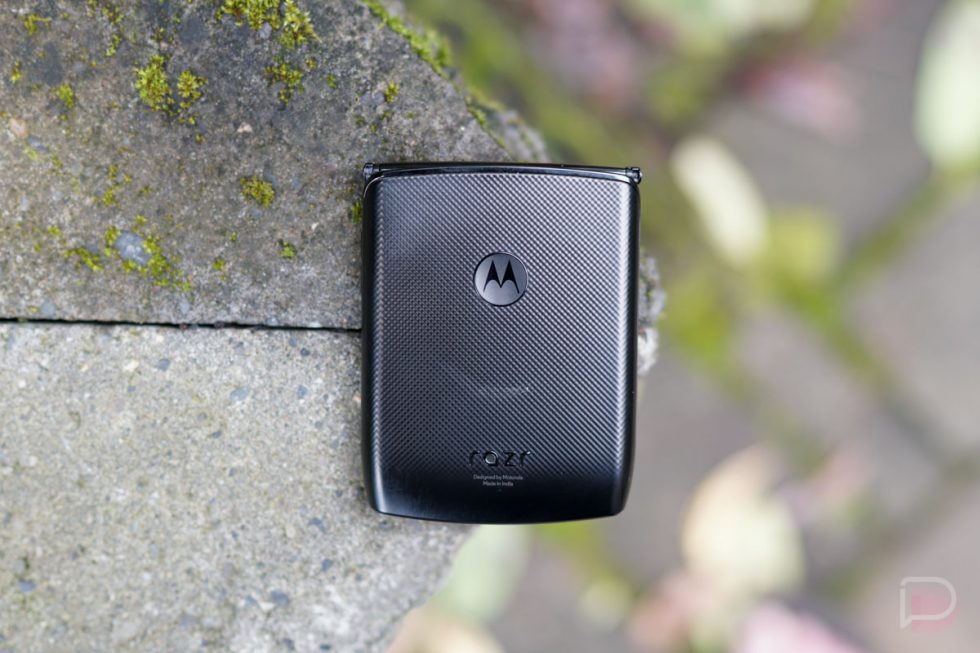
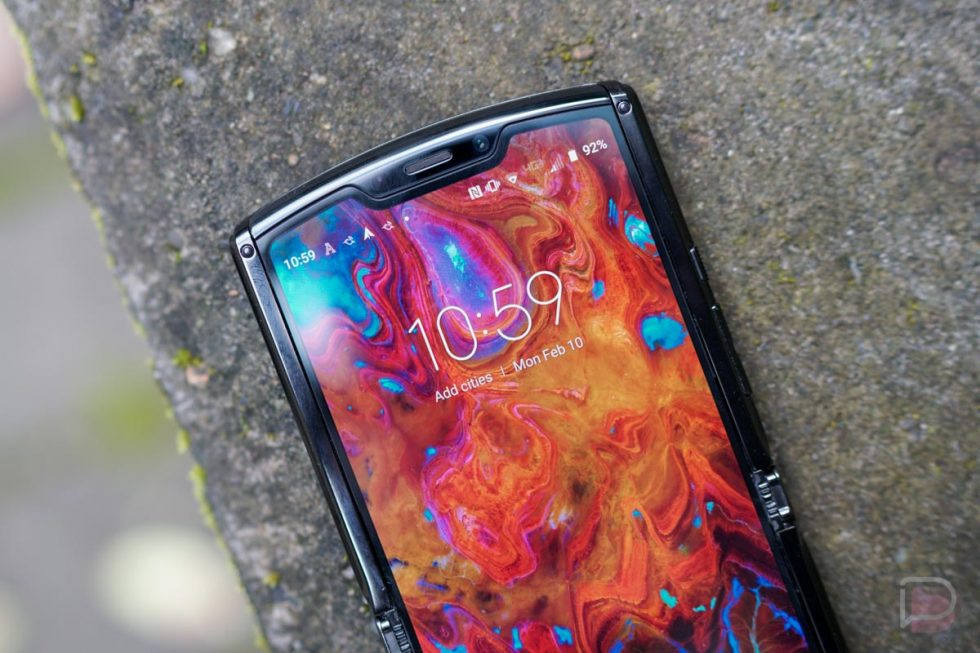
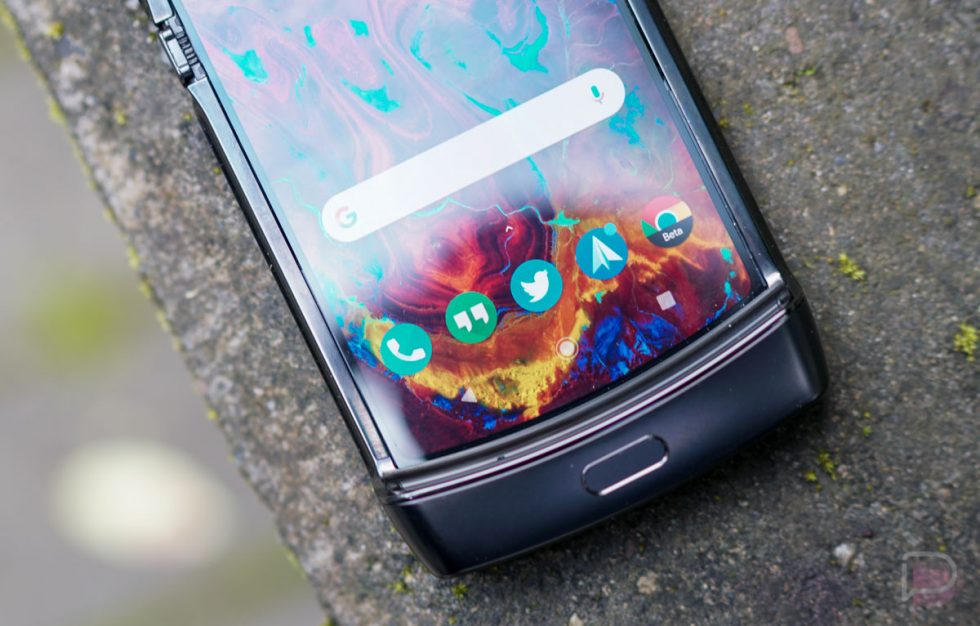
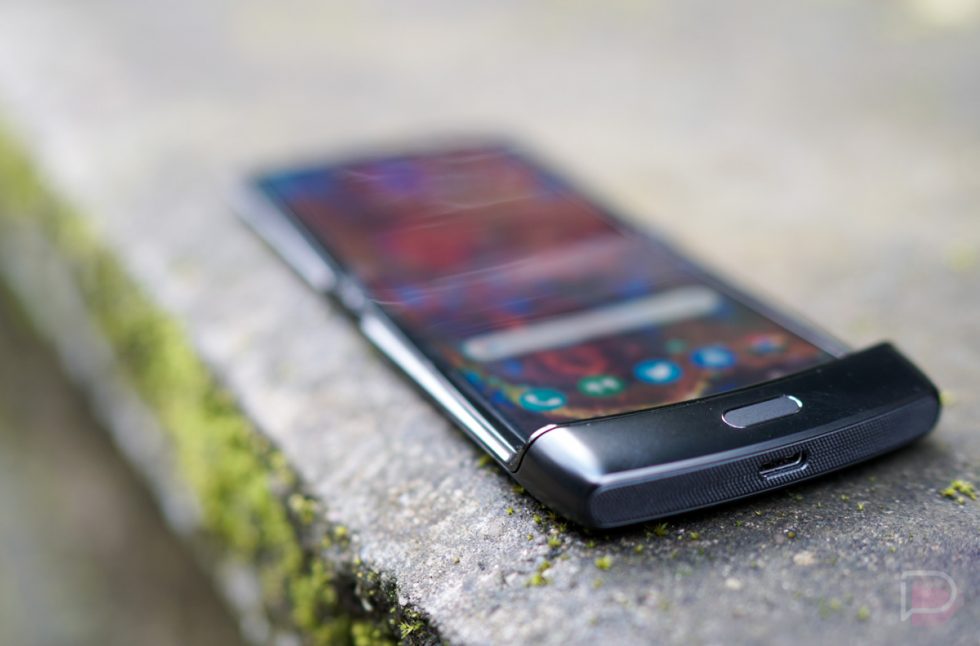
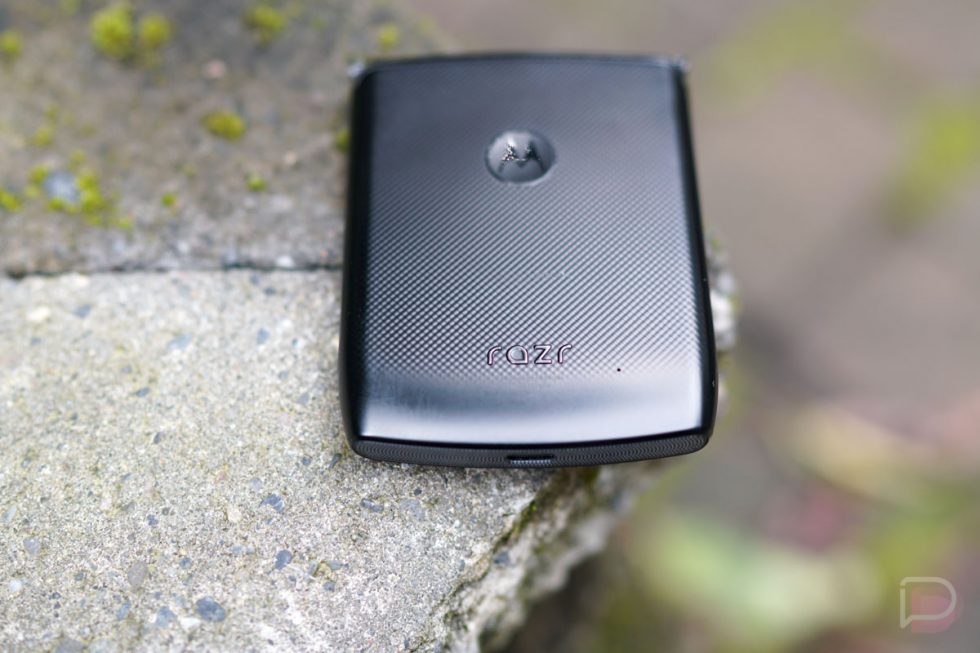
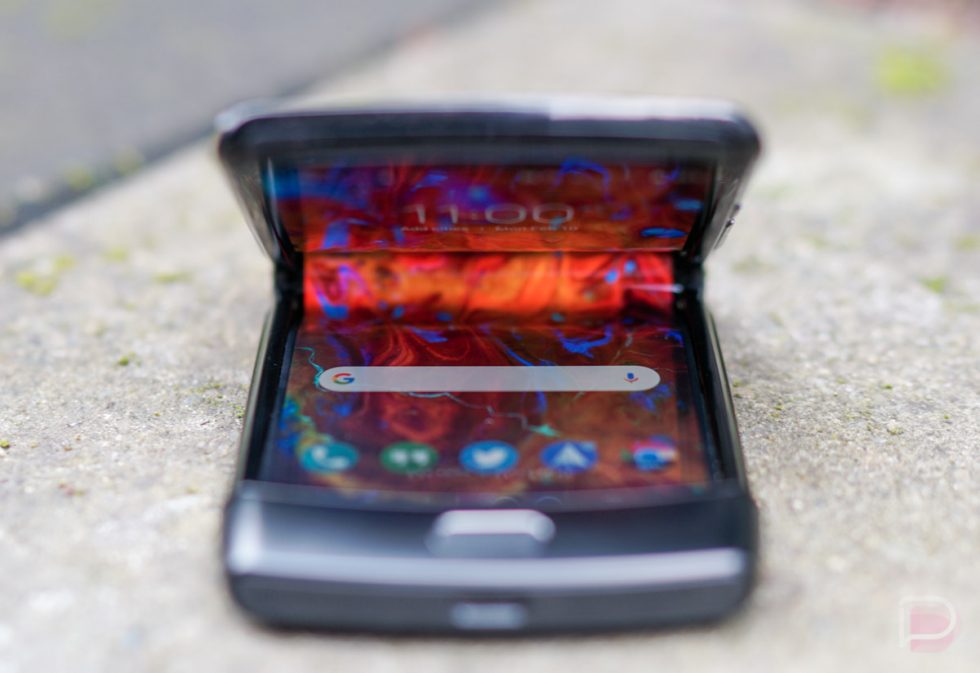
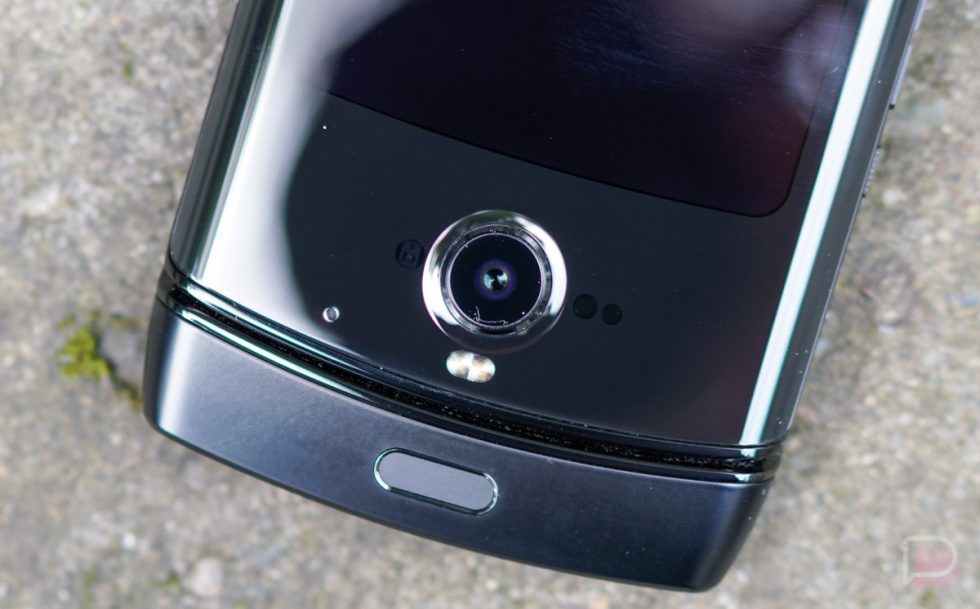


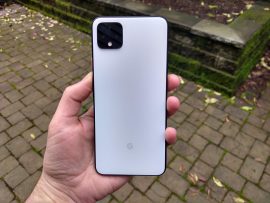

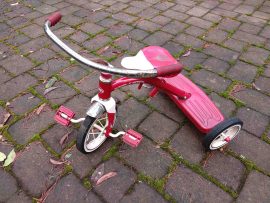

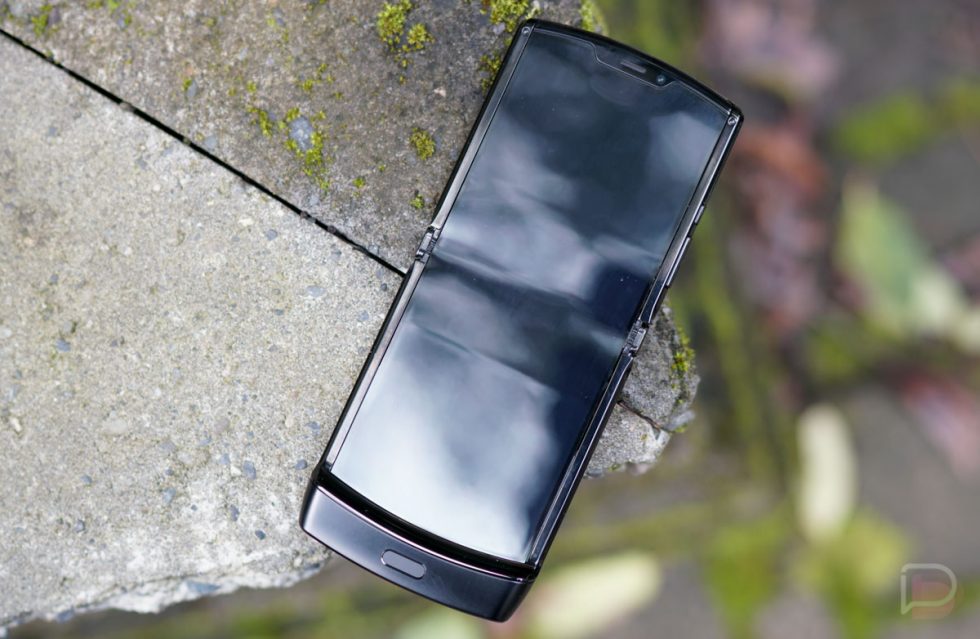
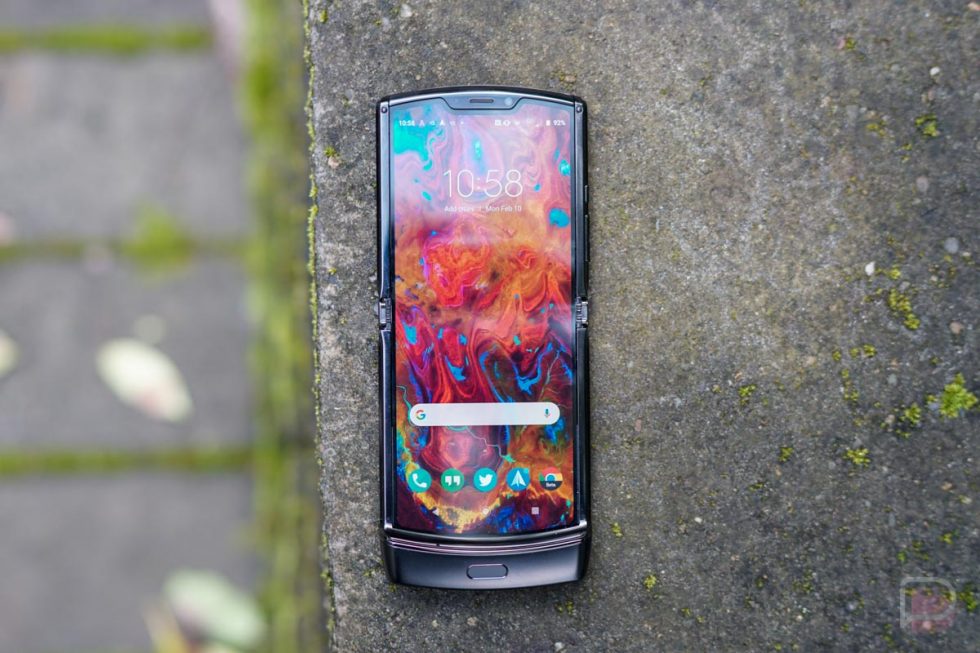
Collapse Show Comments